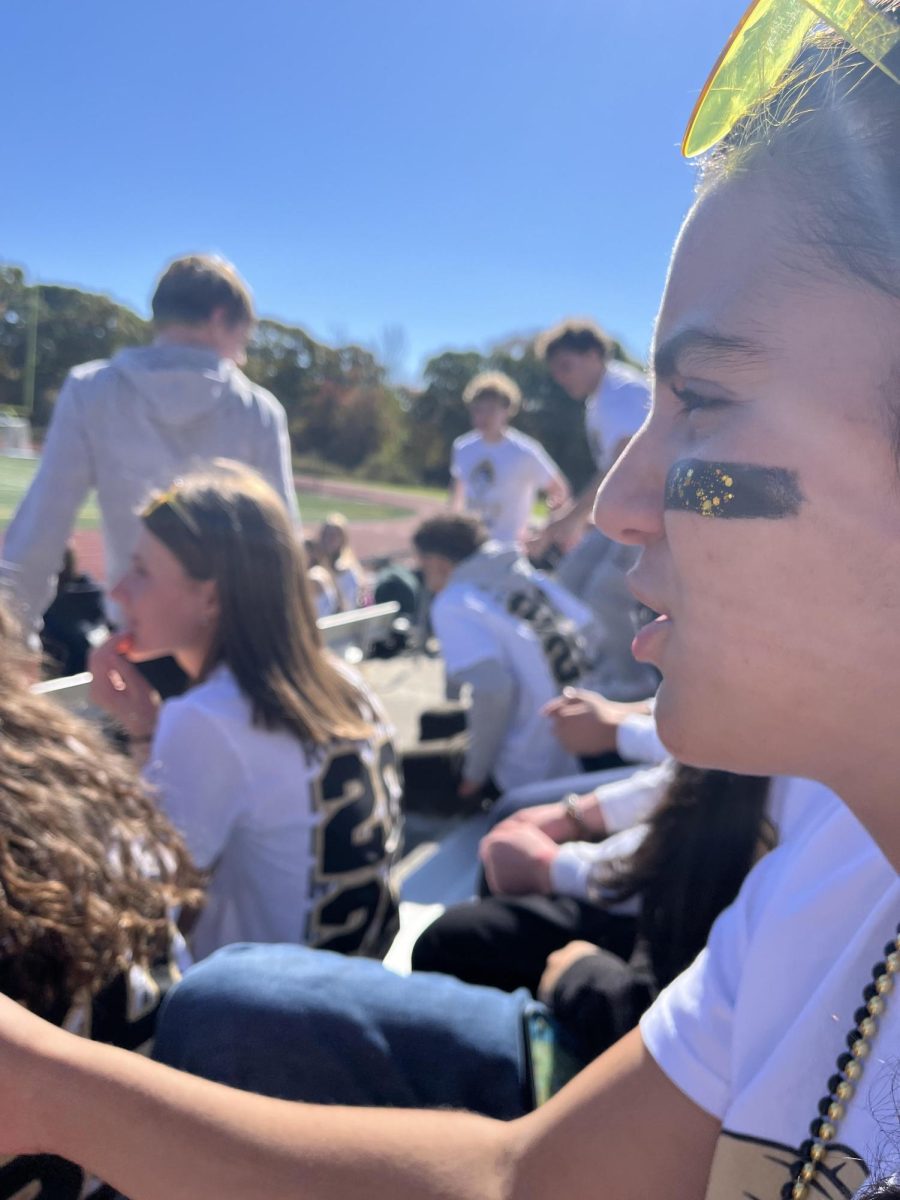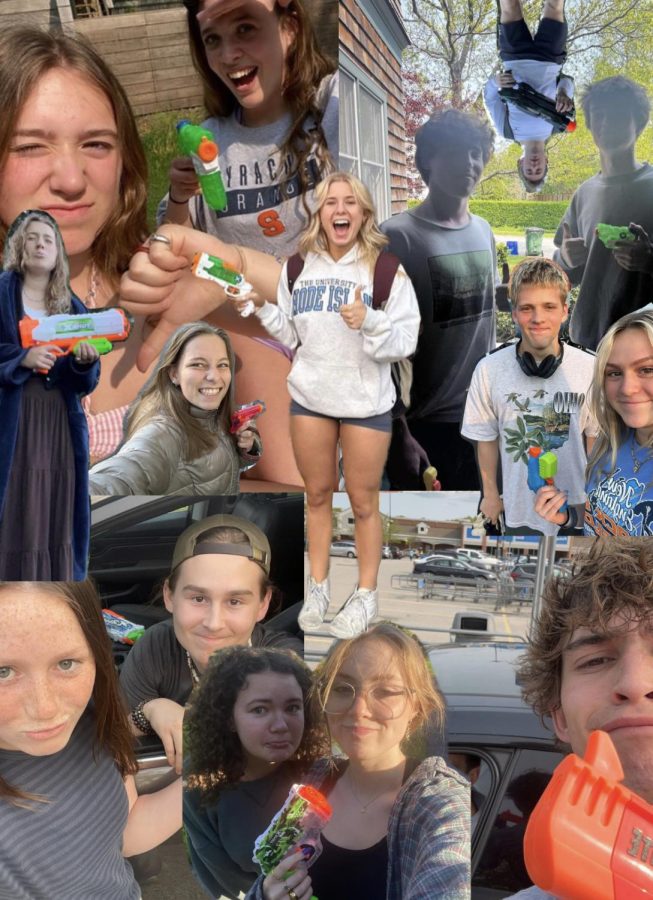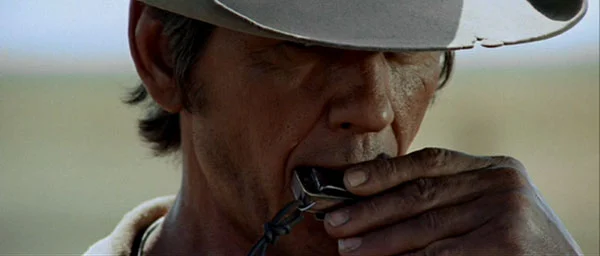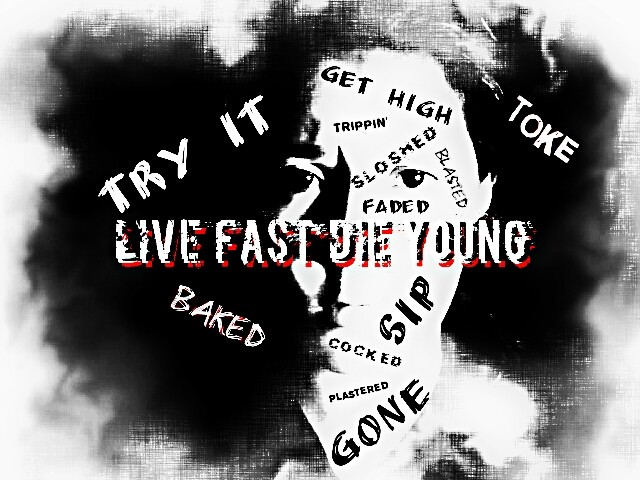Under the influence in the fast lane: The influence of the media on teenage drug use
“This is my love song,” Marshall Mathers said of his track “Drug Ballad,” released in the late 1990s during his cocaine-induced Slim Shady phase. Mayer Hawthorne’s song “Crime” layers thick bass wobbles with a subtle question: what’s the crime in getting stoned and wasted? Hawthorne reminisces bearing witness to “300 drunk mother*ckers in the jail cells,” the law enforcement’s souvenirs of yet another young crowd’s slobbering, weekend rampage.
In drama, they call the desire to lose your inhibitions “getting in character,” and in the social context, if you’re bad at producing their images, the media calls it “posing.” If you’re good at it, you’re “authentic,” and really don’t give a damn, which is “admirable”. The image of the Party Girl has seared itself into the minds of all us, male or female, and is timeless. Whether Marilyn Monroe, Britney Spears, Lindsey Lohan, Miley, or an unidentified college chick, we’ve seen them all before.
The faceless girls with the Photoshop-induced blurry squares over their features depicted in the glossy magazine pages are all of us—they’re just the only ones who’ve been caught with their undergarments and secrets exposed, slumping over a coffee table or a sidewalk, their makeup and glo-paint streaked with tears and the contents of someone else’s red solo cup.
Their facades are ours as well, and however well we think we convince ourselves that we do not all embrace and embody the Party Girl, she won’t be denied. She is the extremist example of what our society has pushed upon its youth—the messages that “cool” is somehow synonymous with “cocked”.
All of our facades involve illicit substances. Our society is driven by the excessive use of weed, molly, acid, crack, speed, crank, or any number of street slang used to describe what is in actuality only a handful of drugs.
And these references are everywhere—it wasn’t hard to find a song about turning up or getting messy on Pandora to get in the mood to right this article. I wouldn’t be the least bit surprised if the popular internet radio corporation creates a “twerking” station anytime soon. Numbers are small, and, if you’re anything like me, they’re something that most people stay as far away from as possible. But these particular numbers beg for attention.
According to the National Institute on Drug Abuse’s most recent census, marijuana rates of usage among high schoolars have climbed, namely a stunning 19.4% increase in reported usage among high school seniors in the last four years. And this isn’t even delving into any of the statistics regarding any of the other drugs out there. I’m almost afraid to google the report of what my generation is actually doing.
But it’s fun, right? Miley Cyrus and Tyga’s references to Molly are fascinating; so are the pseudo-protest lyrical stylings of British pop goddess M.I.A., whose line “live fast, die young, bad girls do it well” has become the anthem of Party Girls across the continents.
I’ve neglected to mention, too, that “Drug Ballad” is my favorite song by Slim Shady, and I enjoy a good banger just as much as the next kid. I do recognize that it’s pure absurdity to assume that everyone should see that the media pushes these images upon us for cash flow—essentially, teens and college kids across the globe have always been marketing’s favorite focus group—and then convert to an entirely “straight-edge” lifestyle. There is something to be said for the night you can’t remember—or is there?
An example of the marketing which pushes drug culture is the 2013 film Project X. Besides deserving a moment of silence for its abysmal, ludicrous plot and shoddy film-making, the movie also actually served as the textbook for many college spring break partiers looking for inspiration. Needless to say, it didn’t take more than five minutes of the film before the overt consumption of Budweiser, ecstasy, and marijuana began.
21 and Over, another comedy released last year, focused solely on the purported benefits of being “barely legal” and multi-day-long drug, liquor, and hooker binges. The 2013 Martin Scorcese film Wolf of Wall Street, despite its critical acclaim, was also said to feature more drug use, curses, and sex than any blockbuster in recent years.
The only film that seems to address teen drug use (or, for that matter, any drug use) and refrain from portraying it as a glamorous wasteland into which all viewers should dare to venture was the 2013 film The Bling Ring. In fact, the first appearance of drugs in The Bling Ring was during a scene in which the two, teenage lead characters snort cocaine and then promptly cause a drastic car accident.
It’s a rare and ludicrous assumption that the media will suddenly decide to revoke any usage of drugs in their marketing. However, is it not concerning that, at our most malleable age, our teens and twenties, we are bombarded by images where wealth and status are synonymous with drugs?
In the future, we, as the younger generation, ought to be more cognizant of the fact that drug imagery is everywhere, but, in reality, not as glamorous as the movies. The Party Girl is and will unfortunately always be a timeless icon, but is she real? And, moreover, should we become her?
Now, if you’ll excuse me, after completing this article, I suddenly feel compelled to fulfill my duties as a susceptible, capitalist American. I’m off to buy some (root) beer and listen to some old-school drug-related songs… lingering, in particular, to Eric Clapton’s own drug ballad, “Cocaine.”
Your donation will support the student journalists of North Kingstown High School. Your contribution will allow us to distribute a print edition of the Current Wave to all students, as well as enter journalism competitions.











